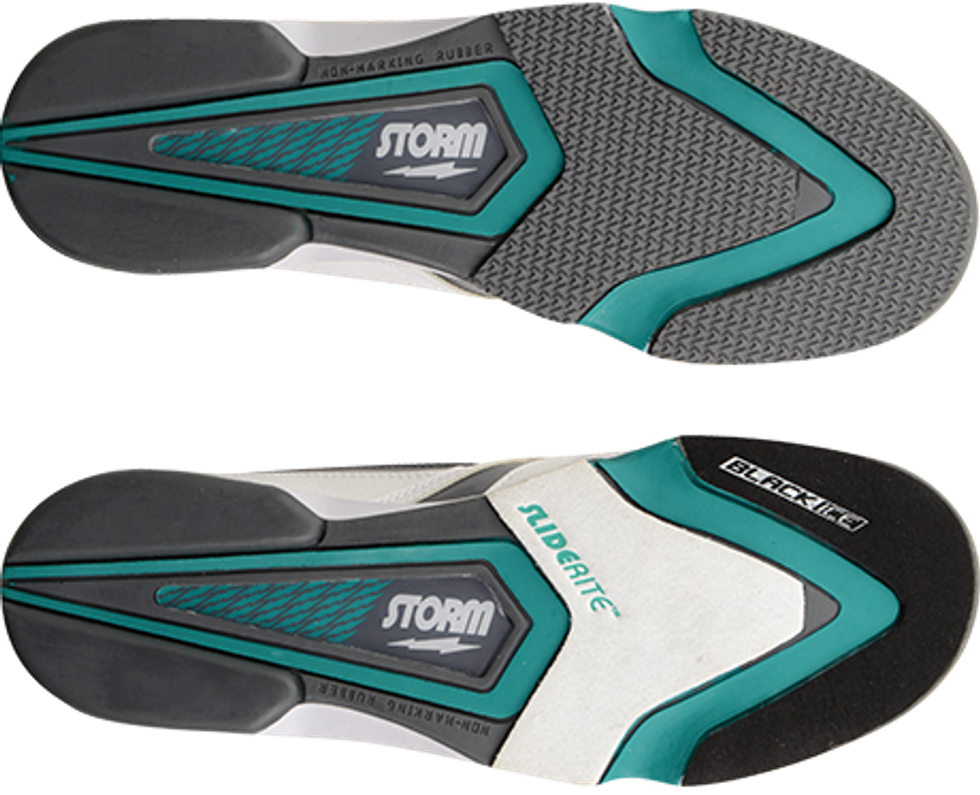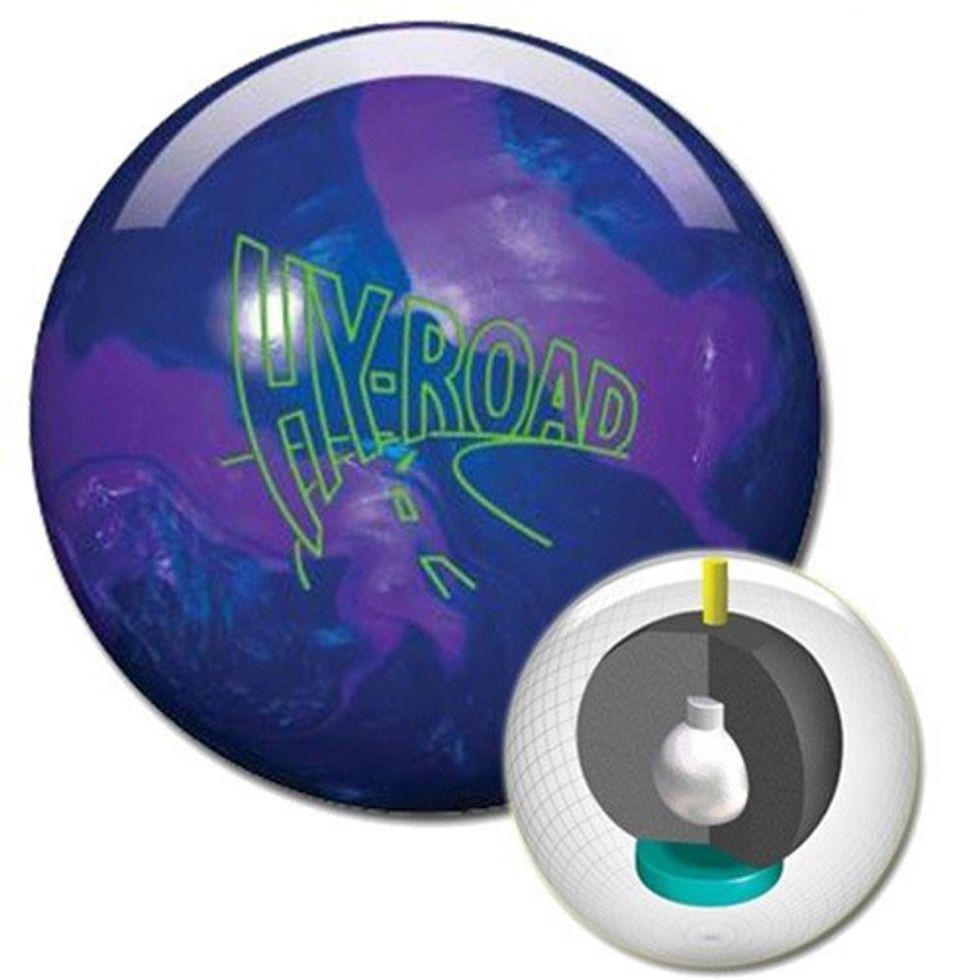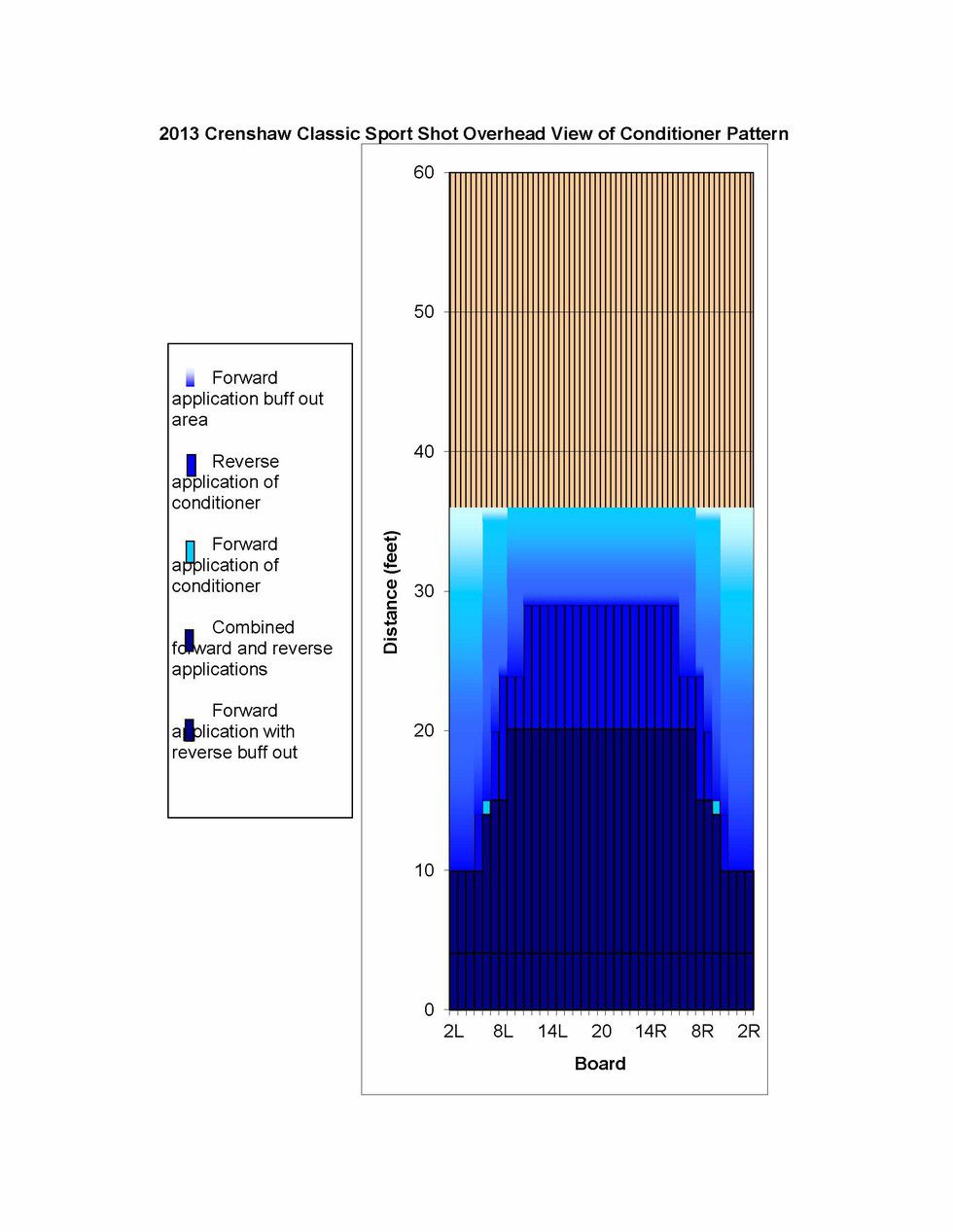For everyone who doesn’t know I bowl, kind of a lot.
I got started in a kids league that happened once a year during December and continued for 12 weeks. When I was in 2nd grade, I started bowling with house balls, and those nasty germy bowling alley shoes. This continued until my freshman year of high school. I decided that, hey this is something that sounds fun and I can bowl like a 120 sometimes, so I’ll give it a try. Well that being said I (as in my parents) bought my first bowling ball and pair of shoes. My shoes were purple and my ball was pink, I went by how cute they were as opposed to how effective they were. I mean at the time I (like 90% of everyone else who doesn’t know bowling) I didn’t understand anything about bowling. Can’t say I still know a whole bunch right now, but I’m always learning.
Ok, so let me start off with foot wear. Bowling shoes are designed to not look cute, exactly. They can be cute, don't get me wrong I love the bowling shoes I have now. Basically the bottom of the left shoe from about halfway down the arch of your foot, to the end of the shoe where your toes are, that area is made for sliding (If you’re right-handed, left-handers it is just reverse). The back of the shoe has what is essentially used for a “break.” When you’re sliding on your last step and your heel goes down, it helps you not cross the foul line. (aka a major no-no). In the photo below is basically everything you need. Different types of sliding pads and different heel pads as well as shoe booties. Sounds dumb I know, but if you get water on your sliding pad all hell breaks loose. You stick and nose dive and almost die and… Yea no fun.
Next I’m going to talk about bowling balls. I personally have 9, and the collection is still slowly growing. I know some people wonder holy crap why do you need so many? I’ll get to that when I talk about oil patterns. Anyways. Each different bowling ball has a different core that helps with the rotation of the ball. If that makes any sense, so when the ball catches on a drier spot on the lane the ball will start to rotate around how the core is built and basically helps with pin action. So there’s a bunch of different types of cores as well as materials the ball is made out of. For example plastic balls (usually used for spares) are a polyurethane mix making the ball not hook as much so when you get onto sport shots makes your spare accuracy awesome. Another example is urethane bowling balls. Basically the way each ball is made has its own use for different lane types. Heres a link for a bunch more types and how they’re coated and such. Bowling Balls and How they’re used. Below is a picture of the one of my favorite bowling balls core.
Now I’ll move onto lane conditions, something I’m constantly learning about. What the lanes put down for oil on a standard Friday night (or in high school here in Iowa) is what they call a “house shot.” It’s how the house (alley) oils their lanes, it’s a standard pattern of oil. Nothing to thick or thin, with not a lot of buffed areas, forward, combined or reverse oil, typically. Now Sport Pattern– What collegiate athletes (like myself) bowl on are what they call Sport Patterns. Basically a sport pattern takes the really good kids and makes them hate bowling. HAHA I’m just kidding (kind of). Basically the way the oil is dispersed on the lane varies how the bowling ball reacts, making your margin of error a lot less. A tournament I bowled at called Junior Gold was all sport patterns. Junior Gold is a national tournament where kids Under 20 qualify from all over the United States to bowl in. It's a very rigorous week, and if you make anything after the first cut, it gets intense. This past year I made it to the quarter finals, and it really proves that hard work goes a long way. I ended up placing 40th out of 792 girls between the age of 16 and 20. Anyways, below is a sport pattern. Basically where it’s colored is where the oil is. the photo on the left basically shows where it’s best to play to hit pocket depending on on how much rotation you get on the ball.
Let’s talk dots and arrows. Basically each dot (above left) has a “name.” the very first one on the right is 5, then 10, 15, and the middle one is 20, then 25, 30, and 35 on the far left. Those dots correlate back where the ball return is also so when you’re trying to hit your spot you know where you’re standing and trying to hit and stuff. Basically a lot of eye hand coordination. The most standard shot is standing 20 and shooting 15. So pretty much straight at it. I guess I won’t really get into details about where to stand because some people have ridiculous amounts of hook and some don’t have any, and some play more down and in and some play more at an angle.. So basically if you haven’t lost me yet, bowling is a lot more complicated then people give it credit.
And trust me, it is a sport. A sport that doesn’t discriminate, and a sport that you can do until you’re 80. I guess that’s kind of why I love it.










 mr and mrs potato head
StableDiffusion
mr and mrs potato head
StableDiffusion










